Posted by Anjum Andrabi on 2nd August 2009
The word Pashmina comes from Pashm the Persian word for Wool. Pashmina is the winter coat of this animal and is produced in these goats only when they are reared in that high altitude and low temperature region. The goat sheds between 85g to 225g of this under-coat every spring which is used to make fine hand woven shawls.
Quite in demand for its properties of warmt and feel, the pashmina wool contributes significantly to the rural economy of the Ladakh and Kashmir regions.
Posted in General | No Comments »
Posted by Anjum Andrabi on 1st June 2009
The Zanskari is a native Himalayan horse breed genetically related to the Spiti breed of horses. There are only 5 breeds of India horses listed in the Gazette notification by the Government of India and apart from the Zanskai and Spiti include the Marwari, Kathiyawari and Manipuri breed. The Zanskari horse/pony is considered the most hardy amongst all and can work in the extremes of altitude and temperature. The predominant body color is grey though black and copper body coats are not uncommon. The ponies are low-set with heights ranging from 120 to 140 cm. The most characteristic features include predominant eyes, long & heavy tails and uniform gait.
The Zanskari pony numbers have dwindled over the years due to large scale mating with non-descript ponies, leaving just a few hundred of these elegant animals, and unless efforts are directed towards their conservation, pictures such as the ones below may be the only records of their presence in the future.
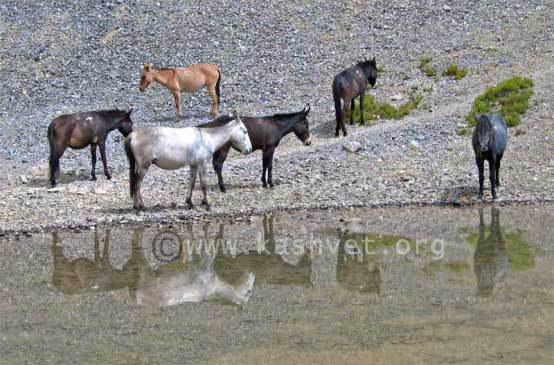
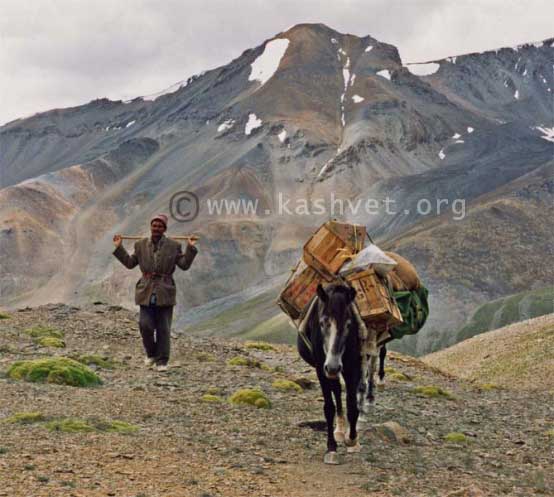
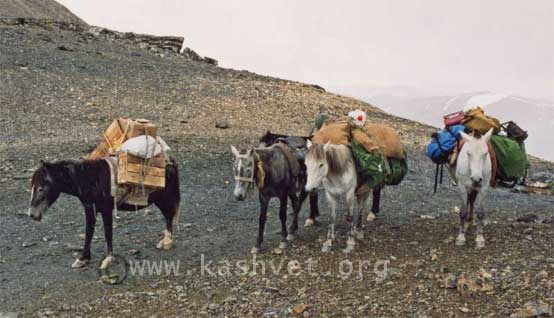
Posted in General | No Comments »
Posted by Anjum Andrabi on 30th April 2009
Liquid Nitrogen LN2 offers a effective mechanism of preserving semen at an extremely low temperature (-196 degrees centigrade). It is believed that freezing semen to this temperature would allow its preservation for decades if not centuries. The semen obtained is diluted wth various semen diluters (mainly egg yolk-buffer-glycerol based) and packed in small tubes (0.25 to 0.5 ml). These are then cooled and frozen in stages till they are finally dipped in liquid nitrogen and kept there in canisters. At the time of use they are simply thawed by placing in water bath at 37 degree celcius for 30 seconds.
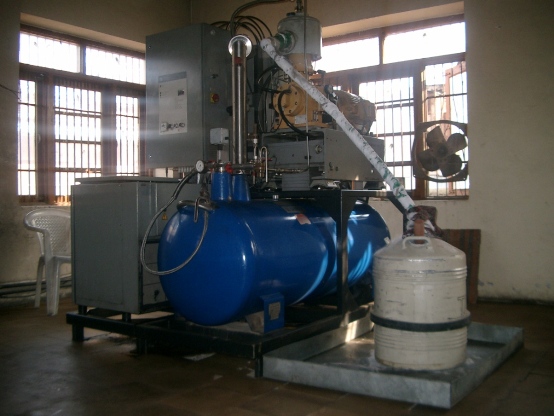
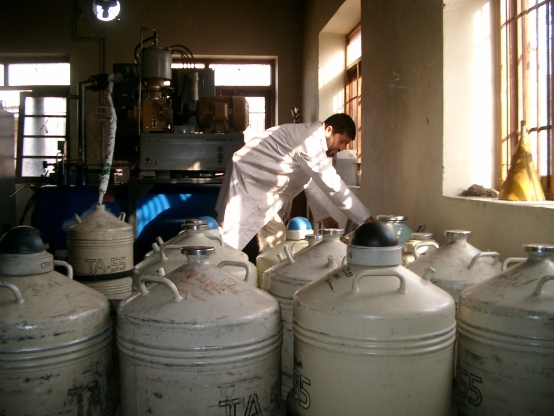
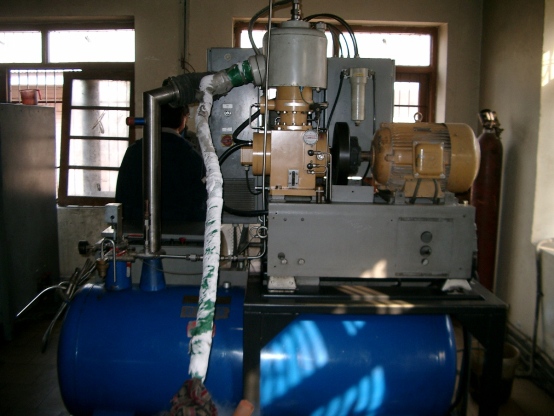
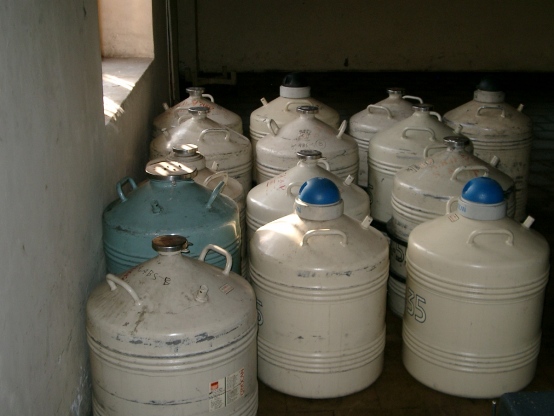
Posted in General | 3 Comments »






